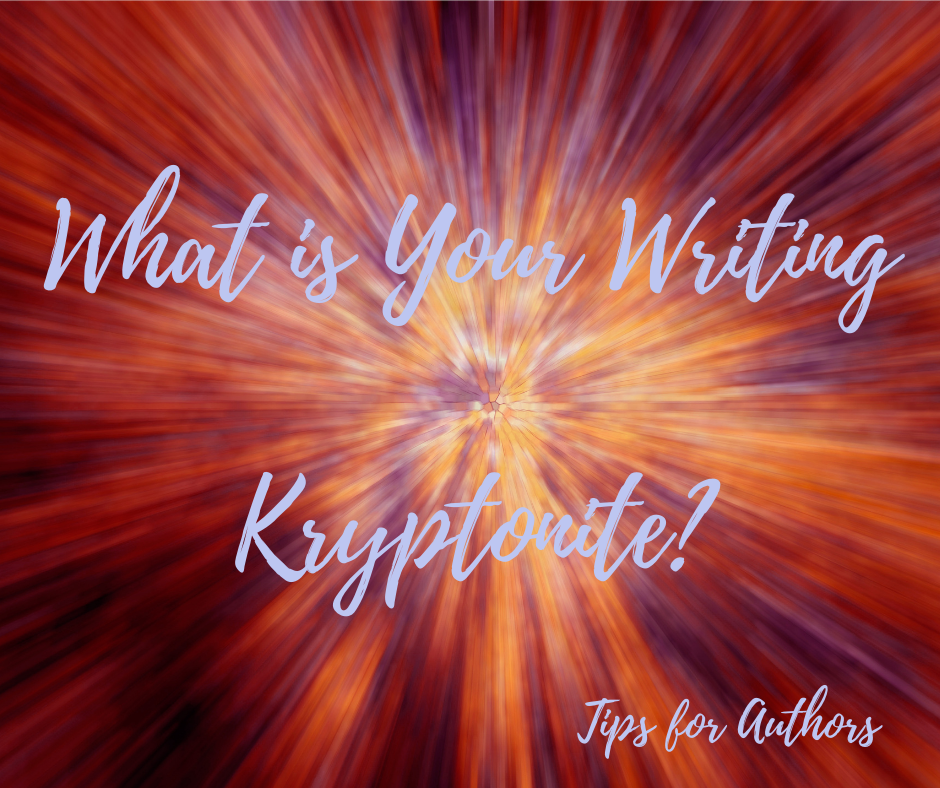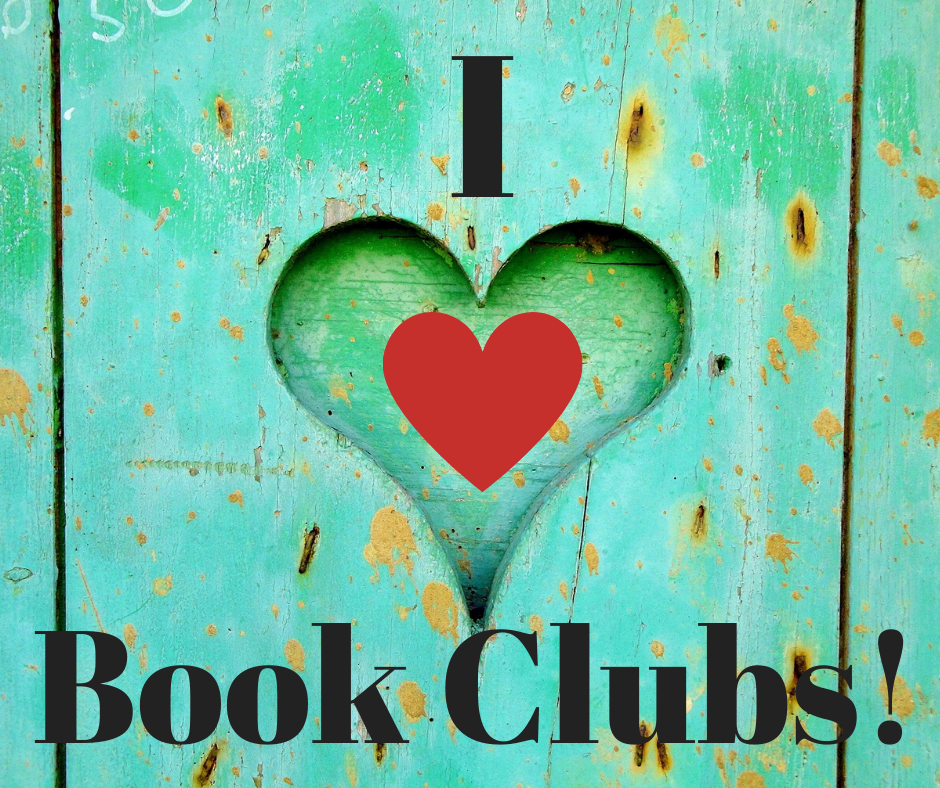It's Time for Some Email Spring Cleaning
/Email has been around since 1965, and the clutter and buildup seem to get worse every day. The volume seems to have snowballed. Here are some tips that help me contain the chaos.
I’ve linked my email account to my phone. If I delete it on my mobile device, it deletes it, and I don’t have to look at it again on my PC. Just be careful not to delete something important.
I leave anything that I need to remember or address in my inbox until I take care of it.
Add new contacts to your list when you read the email. This helps from losing them when you delete the corresponding email.
I create a series of folders in Outlook. Make sure not create them as subfolders under the Inbox file. I move anything that I want to keep here. This gets emails out of my Inbox. File sizes build up quickly with attachments, and this keeps my inbox size from maxing out.
Remember to empty your “junk,” sent, and trash email folders regularly.
Delete spam or scam emails that happen to slip by your filters. Don’t unsubscribe, reply, or click on any links. A click can often trigger the download of viruses or worms to infect your system.
I have multiple email accounts. Some I use to subscribe to things I might be interested in. This reduces the number of ads, newsletters, and alerts in my primary email box.












